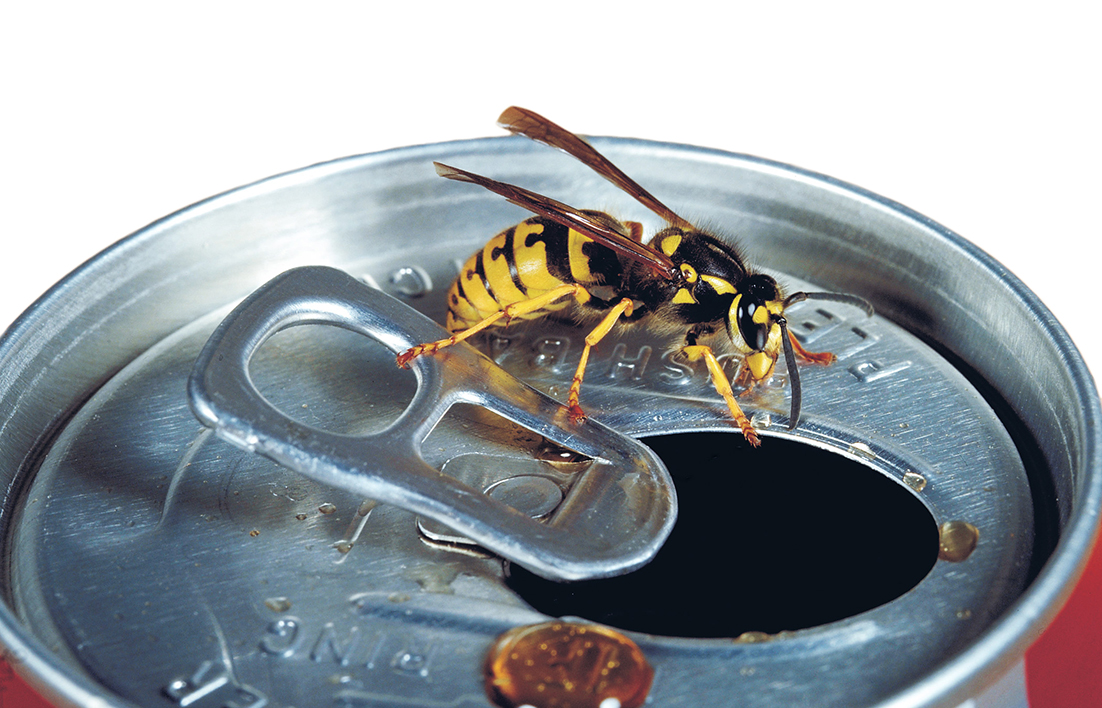
TRAPS are out already for the European wasp, considered to be one of the world’s worst insect pests and a declared pest in WA.
The Department of Primary Industries and Regional Development (DPIRD) said they have deployed more than 3000 surveillance traps to stop the pest from getting a foothold, with European wasps typically liking the warmer months of December to May.
A DPIRD spokesperson said the six local government areas the pest was discovered in last year were the cities of Swan, Kalamunda, Canning, Gosnells, Belmont and Cockburn.
They said two nests were discovered in Swan and one in Kalamunda, and that since the pests first detection in 1977, 12 nests have been discovered in the Midland area.
“The total number of nests destroyed since the European wasp was first discovered in WA is 1569,” they said.
DPIRDs European wasp program manager Kris Armstrong said last year’s trapping program led to 21 nests being destroyed, after they were found with the help of residents, local government, and community groups.
Mr Armstrong said European wasps look like yellow paper wasps but have shorter legs – which they tuck up when they fly – and completely black antennae.
“Wasps scavenging on pet food, meat, fish or dead animals is a tell-tale sign,” he said.
European wasp hotspots include the Perth Hills, specifically the Victoria Reservoir, Korung National Park, Ellis Brook Valley Reserve, Banyowla Regional Park, and Canning River Regional Park.
As part of European wasp surveillance, DPIRD runs the adopt-a-trap program, encouraging residents to get their own trap to help in the fight against the pest.
To get involved, go to the department’s website https://www.agric.wa.gov.au/european-wasp/europe an-wasp-adopt-trap-initiative